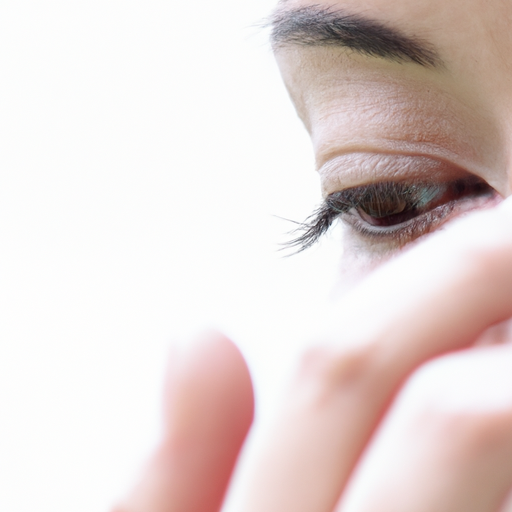Beauty Industry’s $500 Billion ‘Green’ Goals: A Disappointing Patchwork

We are an awesome company that provides complete software development activities utilizing nearshore and offshore resources, including mobile app development, technology maintenance, web server development, and many other technology development activities. In light of the escalating climate crisis and the sustainability challenges faced by the global beauty industry, it is crucial for beauty brands to adapt to changing consumer preferences. According to Simon Kucher’s Global Sustainability Study 2021, 60% of consumers consider sustainability an important purchase criterion, with 35% willing to pay more for sustainable products or services.
To meet these consumer demands, many beauty brands have set environmental goals such as moving away from single-use and virgin plastics, offering recyclable and reusable packaging, and providing transparency about product ingredients. However, the British Beauty Council highlights that consumers still struggle to understand the sustainability credentials of many products due to inconsistent clean-up efforts in the industry. Without collective goal-setting, global strategy, and standardized regulations, sustainability claims often lack substantiation, leading to confusion and “greenwashing.”
To address this issue, customers need better marketing information and certification information. The industry must prioritize transparency, as emphasized by the British Beauty Council. The use of marketing language like “clean beauty” can be misleading, and customers need accurate information about product ingredients and certifications. Brands should strive for transparency and help customers make informed choices.
The beauty industry faces specific challenges in terms of packaging sustainability. According to the British Beauty Council, 95% of plastic packaging is thrown away, and the majority is not recycled. Plastic accounts for about 67% of the industry’s packaging volume. To tackle this issue, many brands are attempting to phase out harmful plastics and adopt post-consumer recycled (PCR) plastic. However, the availability of PCR plastic is limited due to low recycling rates and increasing demand. This results in higher costs compared to virgin plastic, making it challenging for brands to prioritize PCR plastic in their packaging.
Beauty retailers play a crucial role in driving sustainability efforts. Sephora and Target have launched initiatives to label products that meet their sustainability criteria. However, there is still a need to address waste and pollution generated throughout supply chains, manufacturing, and shipping. Standardization in the beauty ecosystem can be facilitated through certifications like B Corp, which score companies on ethics and sustainability. Governments and multinationals need to enforce regulations and set a baseline for brands to operate sustainably.
While government regulations can raise minimum requirements, market leadership is essential for driving meaningful change. Brands and customers in the beauty marketplace need to take initiative and advocate for climate-conscious practices. As an industry, it is crucial to prioritize sustainability and work together to address climate challenges. Only through collective efforts can we create a more sustainable and environmentally friendly beauty industry.
